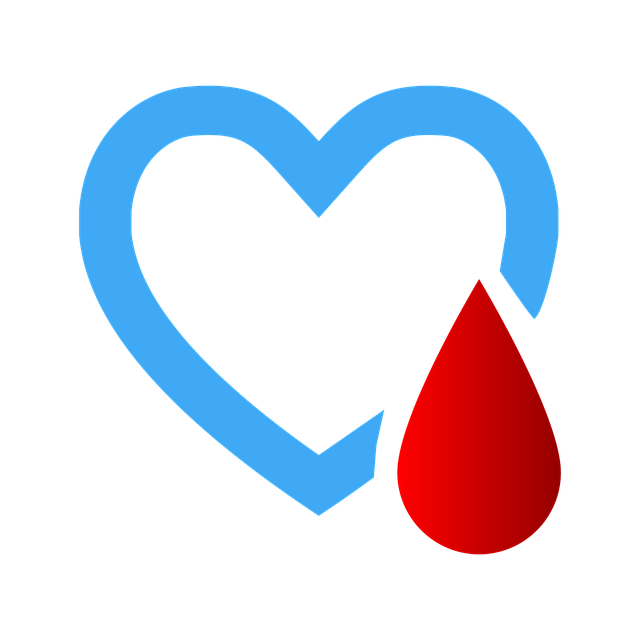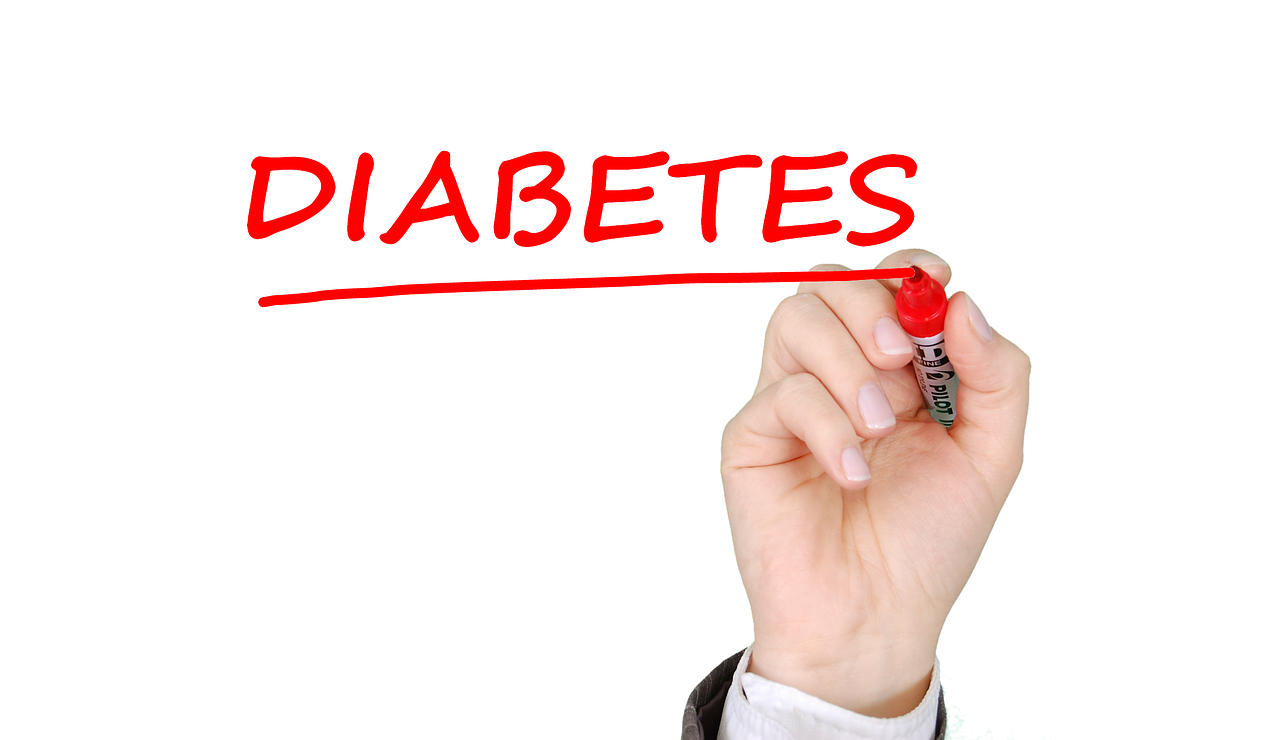Type 2 diabetes is the most common form of diabetes. Eight or 9 out of 10 people with diabetes
have type 2 diabetes. Type 2 diabetes can be managed with healthy eating and regular physical
activity. Over time, glucose-lowering medications may also be needed to help keep blood
glucose levels in the target range. These may be in the form of tablets or injectable medications.
If you have type 2 diabetes, looking after your diabetes is important for good health. It can reduce
your risk of developing diabetes-related complications, such as damage to the eyes, kidneys,
nerves, and blood vessels.
What is type 2 diabetes?
When a person eats and drinks carbohydrates
(carbs) such as bread, pasta, rice, cereals, fruits,
starchy vegetables, milk, and yoghurt, it is broken
down into a type of sugar called glucose. Insulin
is a hormone that allows glucose to move from
the bloodstream into the body’s cells. The cells
use glucose for energy.
When you have type 2 diabetes, your pancreas
either cannot make any or enough insulin, and/or
the insulin it makes does not work very well (also
known as insulin resistance). This results in too
much glucose in the bloodstream.
Who is at risk of type 2 diabetes?
Anyone can develop type 2 diabetes: adults,
young adults and even children.
Risk factors for type 2 diabetes include:
• having a family history of type 2 diabetes
• having pre-diabetes
• being above the healthy weight range
• having an inactive lifestyle
• increasing age
• having an Aboriginal or Torres Strait Islander
background
• being from a Melanesian, Polynesian, Chinese,
Southeast Asian, Middle Eastern or Indian
Background
having had gestational diabetes
• having polycystic ovary syndrome
• taking some types of antipsychotic or steroid
medicines.
What are the symptoms
of type 2 diabetes?
The symptoms of type 2 diabetes can include:
• being thirsty and drinking more than usual
• going to the toilet (to pass urine) more often
• feeling tired and low on energy
• having sores or cuts that will not heal
• having blurred vision
• having frequent fungal or bacterial infections
including skin infections, urinary tract
infections and thrush
• having pain or tingling in the legs or feet.
These symptoms can appear slowly and often
go unnoticed for a long time. Some people may
not even have any symptoms! Sometimes the
first sign of diabetes may be a diabetes-related
complication such as a foot ulcer, heart attack or
vision problem.
If you experience any of the above symptoms,
please talk to your doctor. Early diagnosis
and intervention can have a big impact on the
management of type 2 diabetes.
How is type 2 diabetes diagnosed?
There are three blood glucose checks that are
used to diagnose type 2 diabetes:
A blood glucose check sent to pathology.
This may be done as either fasting (after having
nothing to eat or drink for at least eight hours) or
non-fasting.
An oral glucose tolerance test (OGTT).
You will be given a sugary drink after having
a fasting blood glucose check and then have
another blood glucose check one and two hours
afterwards.
A HbA1c check sent to pathology. This reflects
your average blood glucose level over the last 10
to 12 weeks. You do not need to fast for this.
How is type 2 diabetes managed?
Type 2 diabetes can be managed with healthy
eating and regular physical activity. Over time, you
may also need glucose-lowering medicines such
as tablets or non-insulin injectable medications to
lower blood glucose levels. When type 2 diabetes
progresses, some people will need insulin
injections to help keep their blood glucose levels
in their target range.
Research shows weight loss can slow the
progression of type 2 diabetes. In some cases,
this can lead to reversal or remission.
Looking after your type 2 diabetes is important for
good health. It can reduce your risk of developing
diabetes-related complications such as damage
to the eyes, kidneys, nerves and blood vessels.
Who can help with managing your
type 2 diabetes?
Managing type 2 diabetes is a team effort
involving you, your family, friends, and diabetes
health professionals. Diabetes can affect many
areas of your body, and there are many different
diabetes health care professionals who can help
you manage your diabetes, including:
• your general practitioner (GP)
• an endocrinologist or diabetologist (a diabetes
specialist)
• a diabetes educator
• a diabetes nurse practitioner
• a dietitian
• an exercise physiologist
• a podiatrist
• an optometrist
• a pharmacist
• a counsellor, social worker or psychologist.
Can type 2 diabetes be prevented
or cured?
• People who are at risk of type 2 diabetes
can delay and, in some cases, even prevent
developing diabetes by adopting a healthy
lifestyle. This includes getting regular physical
activity, making healthy food choices, and
maintaining a healthy weight or losing 7-10%
of your weight if you are carrying excess
weight.
• There is no cure for type 2 diabetes. But you
can continue to lead a healthy and active life if
your type 2 diabetes is well managed.


